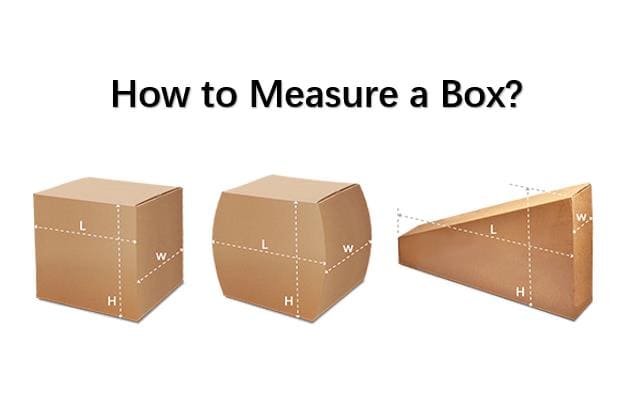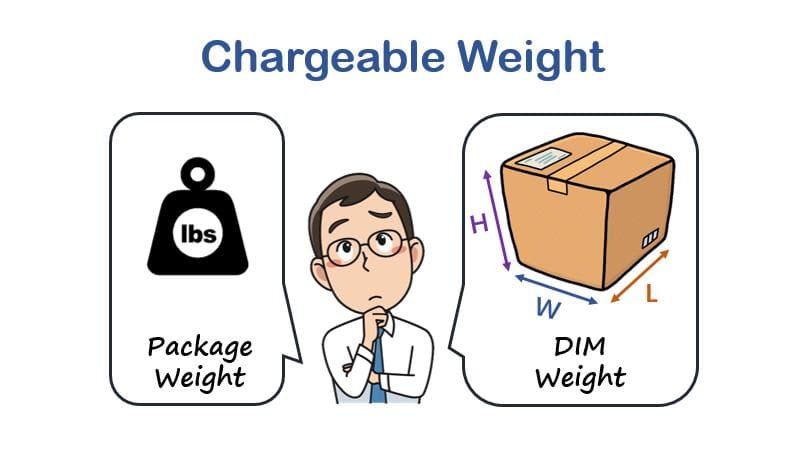How Much Will It Cost to Ship Products from China?
By Hope Chan. Last updated: Sept. 7th, 2022

There are lots of advantages in manufacturing overseas. You can save money by using volume discounts and spending less on raw materials because of lower production costs, lower tooling costs, and a larger production capacity.
Keeping costs down throughout the manufacturing process allows importers to increase their profit margins. It is worth noting, however, that there is something that can greatly reduce profits. shipping and logistics costs these days tend to play an even bigger role in determining whether one should have their products manufactured offshore.
In this post, we will discuss how to calculate shipping costs, particularly for light-weight and bulky items.
Table of Contents
What factors affect shipping costs?
Shipping costs vary depending on a variety of factors, which include:
- Different shipping carriers or shipping services
- Shipment type
- Package Measurements
- Package Weight
- Shipping Location
- Delivery Time
- Value of the Package & Insurance
Once all the variables are taken into account, a carrier of your choosing will put a price on your shipment.
Among the above 7 factors, package measurements and package weight are the two key elements in determining shipping costs. Why? Please read on.
There are items that are small yet heavy, and items that are light yet bulky and take up a large space. So in situations like these, there must be a rule to follow so that it would be ‘fair’ for both the senders and the carriers. And this brings us to something called DIM Weight.
What is DIM weight?
DIM Weight, short for Dimensional Weight, is a pricing technique all major shipping carriers use to calculate shipping rates. Compared with the actual weight of a package, DIM weight is a volume weight.
How to calculate DIM weight?

As implied by the term, DIM Weight has everything to do with the size of a package: length, width and height. It is calculated by volume. A standard DIM divisor, which is the number 5000(or 6000), is also a factor in the calculation of DIM Weight.
Air Express:
DIM Weight = V/5000 = L(cm)*W(cm)*H(cm) / 5000
Air/Sea Freight:
DIM Weight = V/6000 = L(cm)*W(cm)*H(cm) / 6000
【Note】 For boxes with protruding or bulging parts, all dimensions should be measured from the most protruding point.
Why do we need a DIM weight?

DIM Weight VS Package Weight
Some might wonder why we need a DIM weight when we have already got an actual weight of the package. That’s because shipping costs are charged based on whichever is greater: the actual package weight or its DIM weight. Shipping carriers will charge for the higher weight of your package.
How to calculate shipping costs?
To get a somewhat accurate estimation of shipping costs, you need to know the exact package weight and measurements.
Example 1
Let’s say you have a package that weighs 20kg. And it is packed in a 30x40x50cm box. Then,
Package Weight = 20kg
DIM Weight = V/5000
= L(cm)*W(cm)*H(cm) / 5000
= 30x40x50 / 5000
= 12kg
Since 20kg (package weight) > 12kg (DIM Weight), your package will be charged as 20kg.
Example 2
If you have another light-weight yet bulky package, which weighs only 5kg and is also packed in a 30x40x50cm box. Then,
Package Weight = 5kg
DIM Weight = V/5000
= L(cm)*W(cm)*H(cm) / 5000
= 30x40x50 / 5000
= 12kg
Because 5kg (package weight) < 12kg (DIM Weight), your package will be charged as 12kg.
With these two examples, I believe you now have a clear understanding of which weight should be used to calculate shipping costs.